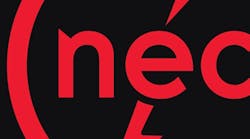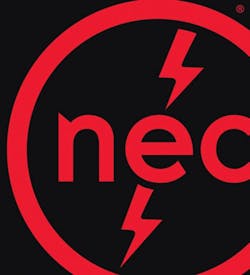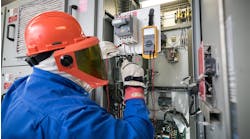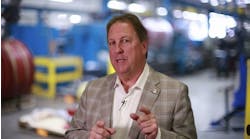The Americans with Disabilities Act (ADA) does affect electrical work. Annex J of the NEC cites provisions from the ADA Standards for Accessible Design. It includes 10 illustrations. This is a handy reference when you’re out in the field with your NEC, but don’t have the ADA standard with you and a question arises.
Annex J covers these aspects of objects that protrude into the circulation path:
• Limits on how far objects can protrude into the circulation path.
• Objects mounted on posts or pylons, and the spaces required between them and the finished floor or ground.
• Vertical clearances between those objects and the finished floor or ground.
• Required clear width. Protruding objects can’t reduce the clear width required for accessible routes.
Annex J also covers distance requirements for forward reach and side reach.





